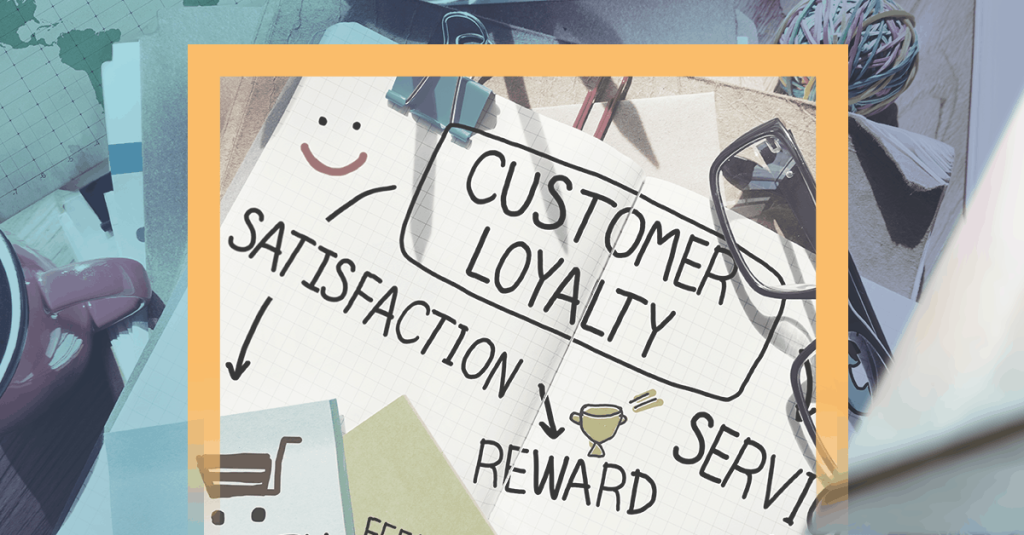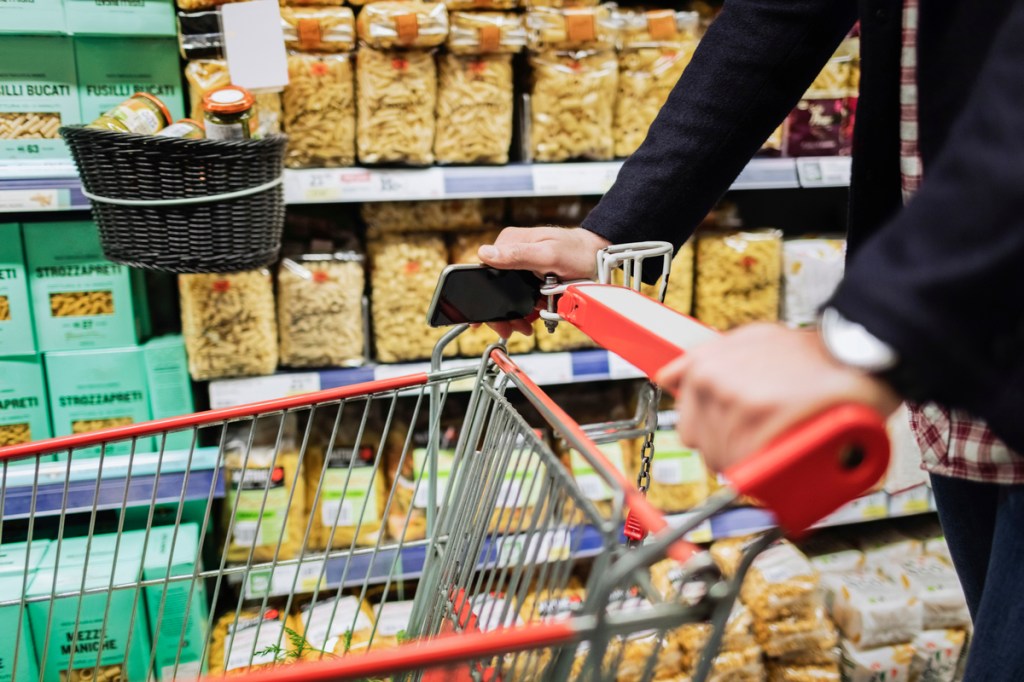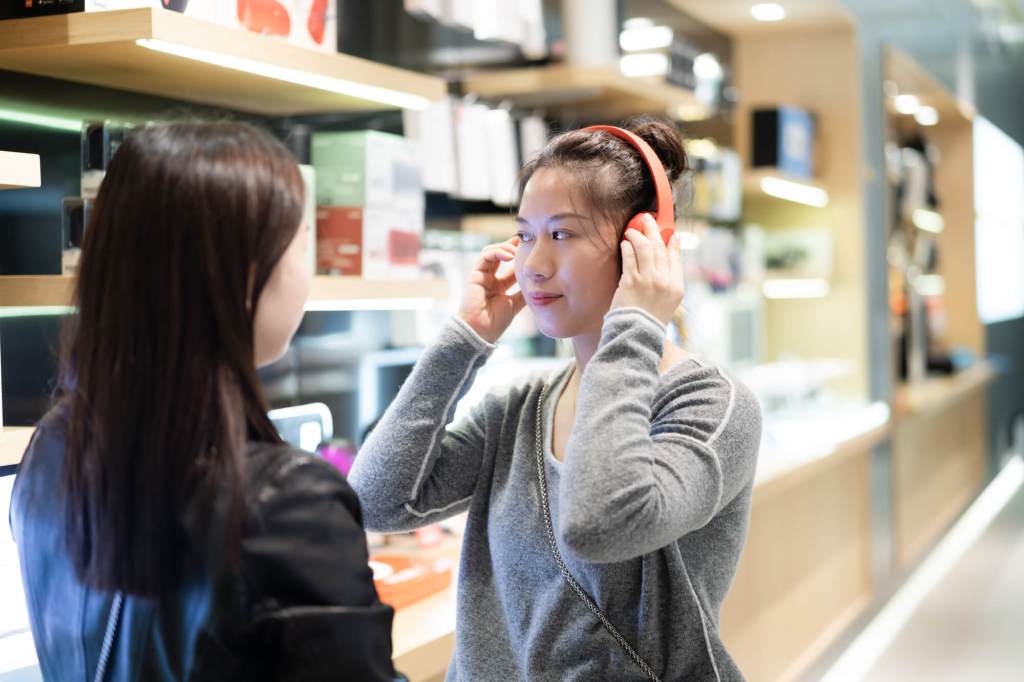It’s any retailer’s most obvious goal: acquire customers and retain them. But as routines got twisted and switched with Covid-19, so did purchasing behavior and habits. And while the concept of churn prevention may be simple, predicting and preventing it can be challenging. Here are some insights to consider when looking to stop churn.
The New Normal
The best conclusion to any crisis lies in the opportunity to create a new normal based on the lessons presented by the crisis. The pandemic is an ongoing global crisis that is not only disrupting our daily lives but accelerating change in every industry and field. Since we’re in the business of consumer goods and retail, it’s interesting to note that while the digital transformation of this industry was already in full force by the beginning of 2020, Covid-19 has certainly amplified that change.
A recent McKinsey consumer sentiment survey shows that while 13 percent of US consumers were shopping for groceries online before the pandemic, by March 2020 the digits were flipped, with 31 percent now getting their food and home shopping done digitally. The same survey shows that by mid-June, more than 75 percent of Americans had tried new brands from new retailers or changed how they shop because of the virus.
While this growth is impressive and the trends are encouraging, this is no time to rest on one’s laurels. After all, if consumers say they’ve tried a new brand, it usually means they’ve churned on another. What this also means is that while retailers are often geared towards acquiring new customers, they often miss opportunities to get the ‘full bang for their buck’ by not capitalizing on retaining these customers and preventing them from churn.
Know Your Churn
There are several general ways to determine churn, which are one or a combination of the following:
- The number (or percentage) of customers lost within a specific timeframe.
- The value (or percentage) of recurring income lost.
Most important in the element of churn, beyond loss of income over certain products is the loss of customers. This is the long-term consequence of churn, and understanding it is key to strategically understanding the business.
The simplest way to identify customer churn is when customers stop buying products or using services. That said, not every gap between shopping visits signals churn, and not all reasons for churn are similar. Focusing the churn prevention effort on the right customers and in the right timing prevents much waste. But how do we predict churn within our database?
A customer churn prediction model requires tracking customer behavior over time. By this, we can understand which customers are late (lapsing), which is a good indication for churn. A more sophisticated model, however, should look at what was the behavior pattern, for example, basket size, basket diversity, and purchases frequency prior to the last visit.
Covid-19 adds another unique challenge. It’s unclear if the pre-Covid churn models are still relevant following Covid. It’s also uncertain if the tools used are adequate for the new state of things. Since Churn itself has changed, the tools to identify and measure it may no longer be flexible enough to track it. We can’t assume that what was effective before will continue to be effective under these new conditions.
Category View
As said, the simplest indicator to determine whether a customer is active or inactive is the time that elapsed from any customer’s last visit. Generally, it’s probably safe to assume that a customer has churned if they’ve been inactive for three months, and conclude they’ve probably left for various reasons. But identifying churn when it happens is too late. We must predict churn in its earliest stages, when the customer is still active but dropped some purchase activity, which is completed elsewhere.
If a customer shows low risk of churn overall, but significantly reduces activity within a single important category, they are most likely purchasing that category elsewhere (remember, Covid-19 led 75 percent of customers to purchase new brands and experience new retailers). So they may still buy frozen food at supermarket X, but they’re getting their fresh produce at supermarket Y. Here too, there’s no place for a ‘one size fits all’ approach, as the frequency of buying milk is higher than that of household cleaners.
What we learn here is that even if we identified and predicted churn based on a store view, we still lack the complete picture. Tests we’ve conducted to flag churn show that churn models that determine churn in the category view, and not only the general retailer view, identify early stages of churn 3-5 times better. This allows time for effective investment in retention.
Specifically for Grocery, we identified roughly 70 categories/products whose inactivity indicates a high potential for churn. We’ve determined 40 such product-indicators in Beauty for example. To take a closer look at this, let’s examine the table below:

This table shows the behavior of Active Loyal Customers in 5 categories they routinely purchase from. It is important to understand that all these customers still visit the retailer on a regular basis. What we can see is that at category level, a little over six percent churn in the Fresh Food category, and 10 percent churn in the Dairy category. Churn, then, is not all or nothing.
Customer behavior is always somewhat of a mystery, more so in post-pandemic retail, when so many of people’s habits have changed dramatically. Preventing churn is a priority, but demands predictive models that provide a full customer view across channels, and across categories. Nothing less will be effective.




